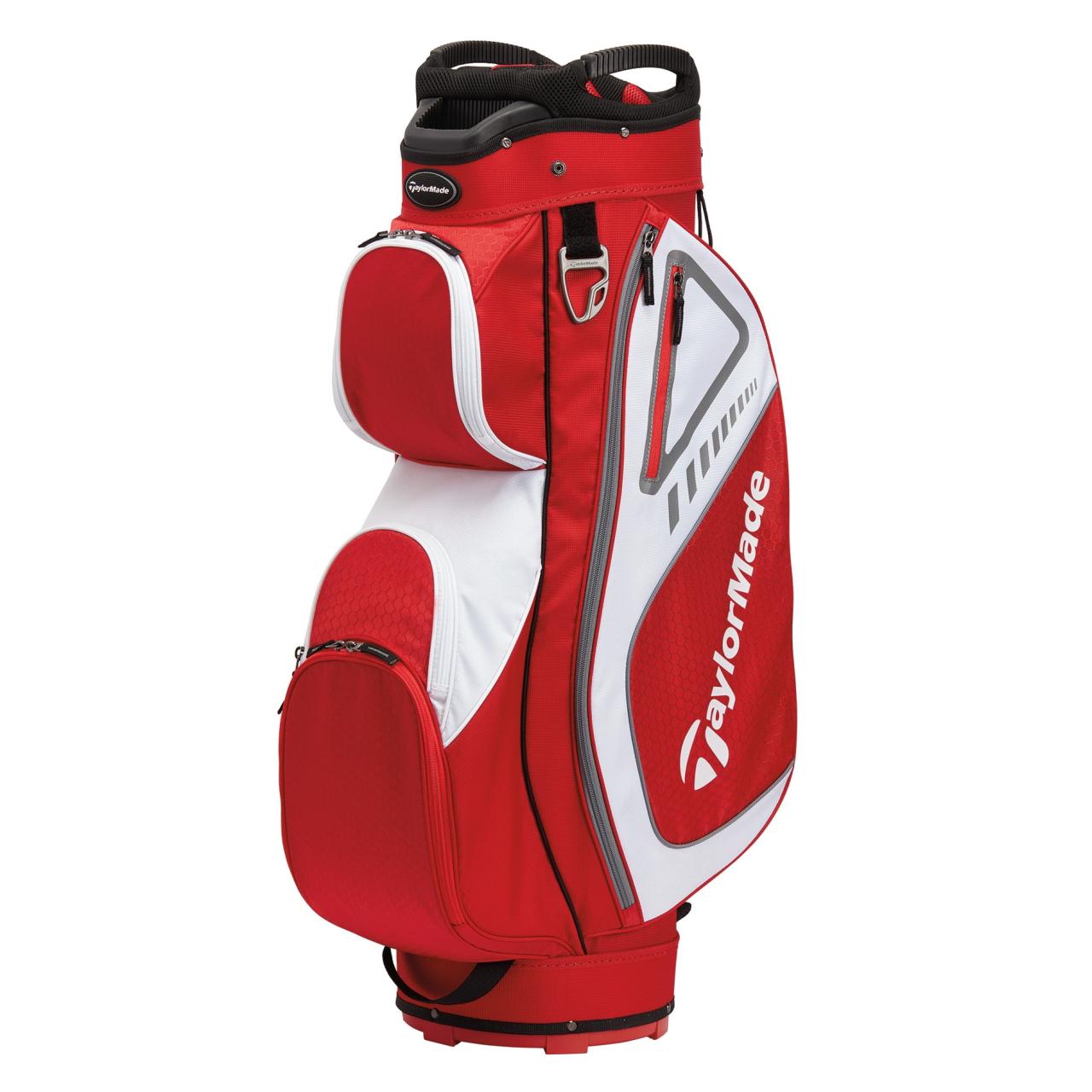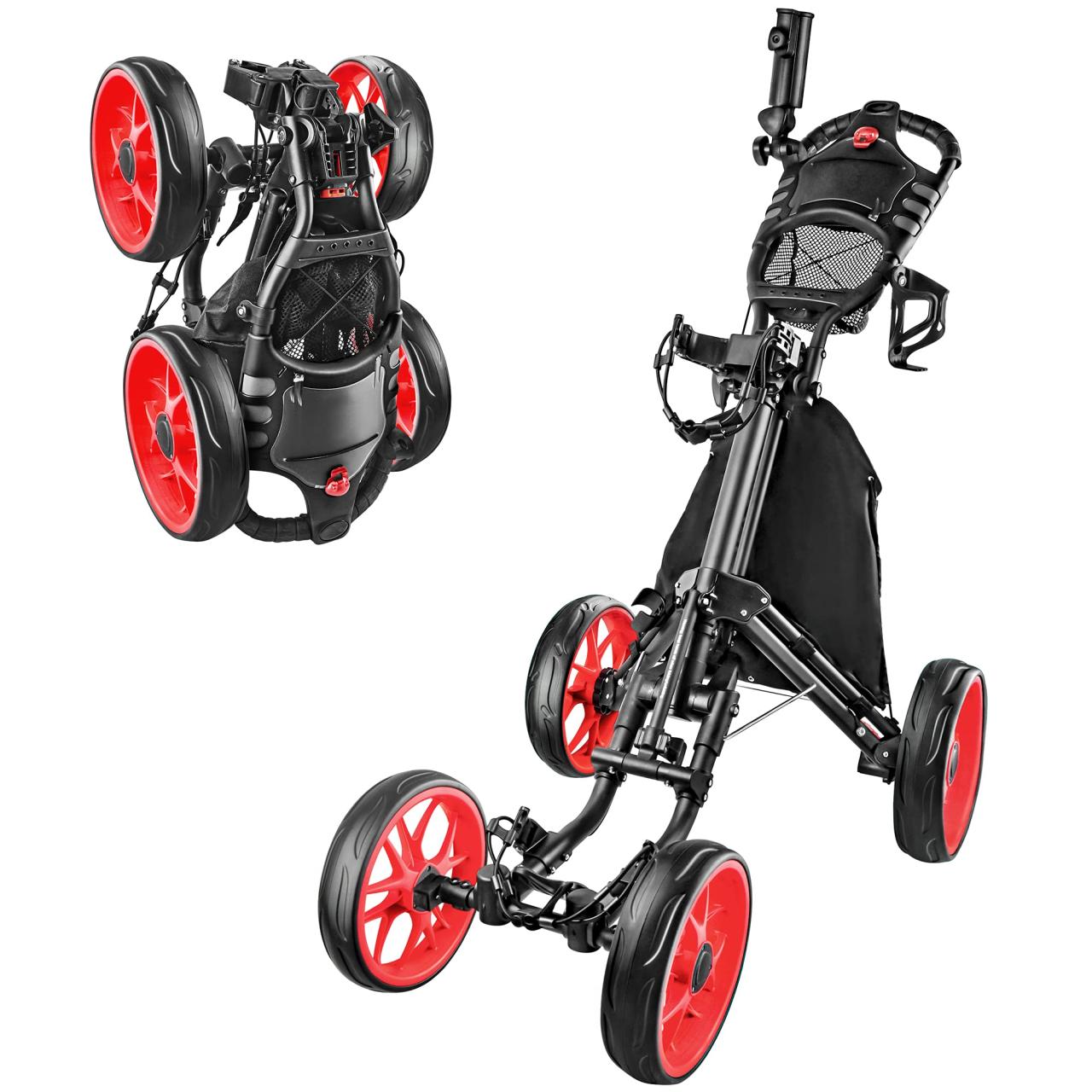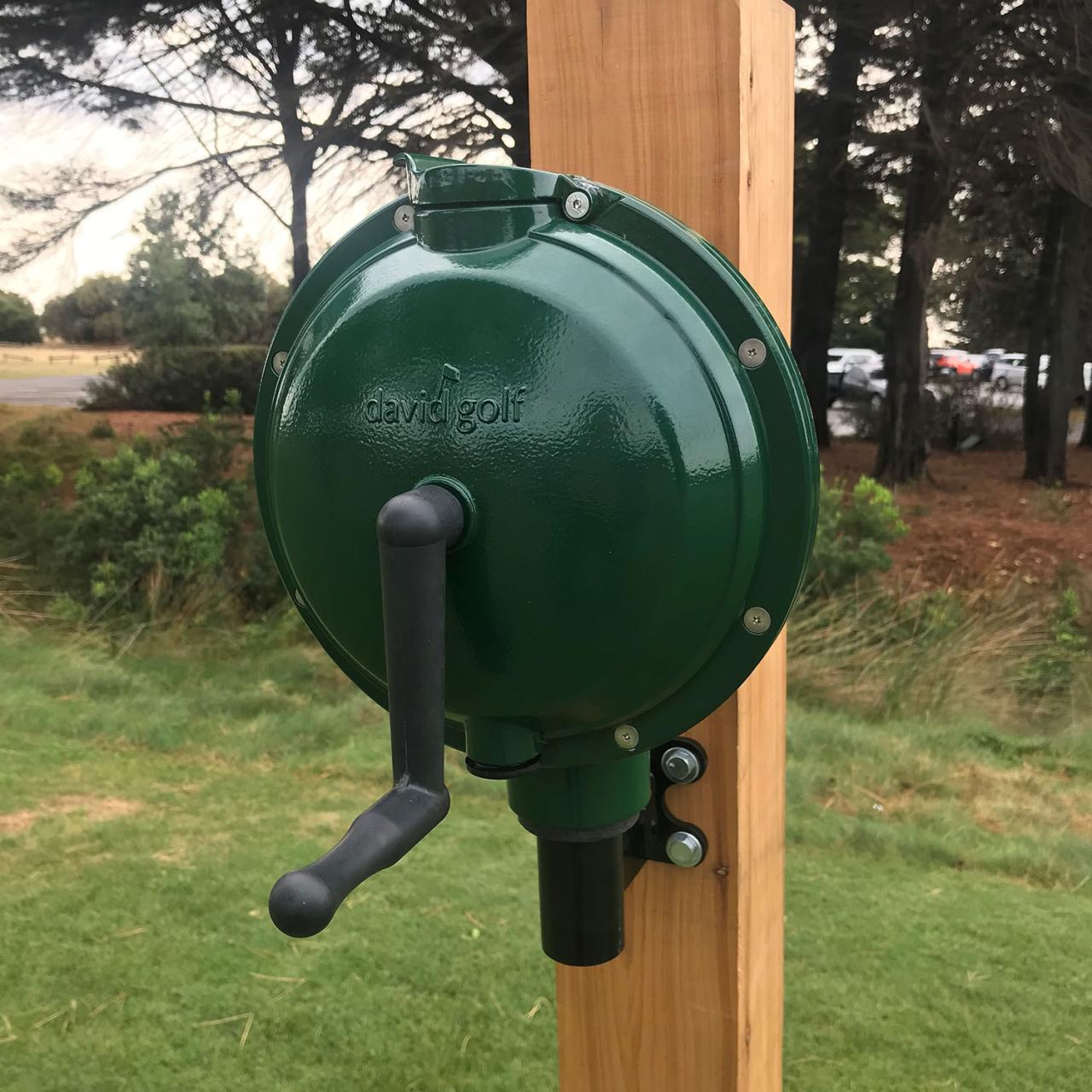Golf handbags are more than just a way to carry clubs; they are a reflection of a golfer’s style and needs. From the traditional leather bags of the past to the modern, high-tech designs of today, golf handbags have evolved to meet the demands of a diverse and passionate community.
This guide delves into the fascinating history of golf handbags, exploring their evolution from simple carriers to sophisticated pieces of equipment. We’ll dissect the different types of golf handbags available, highlighting their unique features and intended uses. We’ll also examine the essential features that make a golf handbag stand out, and offer practical advice on how to choose the perfect one for your individual game.
The Evolution of Golf Handbags
Golf handbags have come a long way since their humble beginnings, evolving from simple carriers to sophisticated accessories that enhance both functionality and style. This evolution reflects the changing needs and preferences of golfers, as well as advancements in materials and design.
The Progression of Design
The early golf handbags were essentially large, sturdy bags designed to carry essential equipment like clubs, balls, and tees. They were often made of leather or canvas, with a simple, utilitarian design. Over time, these bags became more refined, incorporating features like multiple compartments, pockets, and straps for greater convenience.
The introduction of the stand bag in the mid-20th century marked a significant shift in design. These bags, with their built-in legs, allowed golfers to easily access their clubs without having to bend over. This innovation led to the development of various bag styles, including cart bags, stand bags, and tour bags, each catering to specific needs and preferences.
- Early Designs:Simple, utilitarian bags made of leather or canvas, often with a single large compartment.
- Mid-20th Century:Introduction of the stand bag, providing greater convenience and accessibility.
- Modern Designs:Diverse range of styles, including cart bags, stand bags, and tour bags, incorporating features like multiple compartments, pockets, and specialized storage areas.
The Evolution of Materials
Traditionally, golf handbags were made from leather, a durable and aesthetically pleasing material. However, the development of synthetic fabrics, such as nylon and polyester, revolutionized the industry. These materials offered several advantages over leather, including lighter weight, water resistance, and greater durability.
- Leather:Durable and aesthetically pleasing, but can be heavy and susceptible to water damage.
- Synthetic Fabrics:Lightweight, water-resistant, and durable, offering greater versatility and functionality.
Technological Advancements
Technological advancements have played a significant role in shaping the design of modern golf handbags. The introduction of lightweight materials, such as carbon fiber and composite materials, has enabled manufacturers to create bags that are both durable and easy to carry.
Specialized compartments have also been incorporated to accommodate modern golfing accessories, such as GPS devices, rangefinders, and mobile phones.
- Lightweight Materials:Carbon fiber and composite materials have reduced the weight of golf bags, enhancing portability and comfort.
- Specialized Compartments:Dedicated storage spaces for modern golfing accessories, such as GPS devices, rangefinders, and mobile phones.
Types of Golf Handbags

Golf handbags are an essential piece of equipment for any golfer, providing a convenient way to carry clubs, balls, and other accessories. The choice of handbag depends on individual needs and preferences, with different types catering to various playing styles and scenarios.
Stand Bags
Stand bags are lightweight and compact, designed for golfers who prefer walking the course. They feature a built-in stand mechanism that allows the bag to rest upright when not in use, making it easy to access clubs without bending over.
- Stand bags are typically smaller than cart bags, offering less storage space for accessories.
- They are generally lighter and easier to carry, making them suitable for walking long distances.
- The compact size and lightweight nature make them ideal for golfers who prefer a more minimalist approach.
Cart Bags
Cart bags are larger and more spacious than stand bags, designed for use with golf carts. They offer ample storage for clubs, balls, clothing, and other accessories.
- Cart bags are equipped with multiple pockets, including a dedicated cooler pocket for beverages.
- They often feature a rain hood to protect clubs and accessories from the elements.
- The larger size and storage capacity make them suitable for golfers who carry a full set of clubs and require additional storage space.
Travel Bags
Travel bags are designed specifically for transporting golf clubs during air travel. They are typically made of durable materials and feature reinforced handles and wheels for easy maneuverability.
- Travel bags are large enough to accommodate a full set of clubs, including woods, irons, and putters.
- They often feature a separate compartment for shoes and accessories.
- Travel bags are designed to meet airline regulations for checked baggage.
Other Types
In addition to stand bags, cart bags, and travel bags, there are other types of golf handbags available, including:
- Sunday Bags:These are smaller and lighter than stand bags, ideal for casual rounds or short practice sessions.
- Staff Bags:These are large, luxurious bags often used by professional golfers, featuring high-quality materials and branding.
Essential Features of Golf Handbags

A golf handbag is more than just a container for your clubs; it’s a crucial piece of equipment that significantly impacts your on-course experience. Choosing the right bag with essential features can enhance your game, provide comfort, and ensure you have everything you need for a successful round.
Multiple Compartments and Club Organization
The ability to efficiently organize your clubs and other golfing essentials is paramount. A well-designed golf handbag will feature multiple compartments for various items. This includes a dedicated section for your clubs, often with dividers to separate irons and woods, preventing them from clanging together and causing damage.
Additional compartments for golf balls, tees, gloves, and other accessories ensure everything is readily accessible.
Ergonomic Design and Comfort
Golf courses often involve walking significant distances, making the weight and comfort of your handbag crucial. An ergonomically designed handbag should distribute the weight evenly, reducing strain on your back and shoulders. Features like padded straps, adjustable harnesses, and strategically placed handles contribute to a comfortable carrying experience.
Weather Protection
The weather can be unpredictable on the golf course. A good golf handbag should offer weather protection for your equipment. Features like waterproof materials, rain hoods, and sealed zippers ensure your clubs and other essentials remain dry, even in inclement conditions.
Additional Features, Golf handbags
Beyond the core features, several additional elements enhance the functionality of a golf handbag. A water bottle holder keeps you hydrated throughout your round. Apparel pockets provide storage for extra layers of clothing, allowing you to adjust to changing temperatures.
A rain hood can protect your entire bag from downpours, safeguarding your belongings.
Factors to Consider When Choosing a Golf Handbag

Selecting the right golf handbag is crucial for an enjoyable and organized golfing experience. A well-chosen handbag can carry your essential equipment, provide comfort, and enhance your overall performance. This decision should be based on a careful assessment of your individual needs and preferences.
Budget
Budget is a primary factor in selecting a golf handbag. Handbags range from affordable options to high-end, luxury models. Setting a budget beforehand helps narrow down your choices and ensures you stay within your financial limits. For example, a beginner golfer might opt for a basic, functional bag, while a seasoned golfer with a larger equipment collection may invest in a more premium, feature-rich handbag.
Playing Style
Your playing style significantly impacts the type of golf handbag you need. For instance, a casual golfer who walks the course might prefer a lightweight, comfortable bag with ample storage space. Conversely, a competitive golfer might prioritize a bag with advanced features, such as a stand system, multiple compartments, and a waterproof lining.
Personal Preferences
Ultimately, the choice of a golf handbag is a personal one. Consider factors such as aesthetics, preferred carrying methods, and specific features you find essential. For example, some golfers prioritize a stylish bag that complements their attire, while others prefer a bag with ample pockets for organizing accessories.
Detailed FAQs
What are the different types of golf bags?
The main types of golf bags include stand bags, cart bags, and travel bags. Stand bags are lightweight and designed for carrying, cart bags are larger and intended for use with a golf cart, and travel bags are specifically designed for transporting clubs during air travel.
What are the benefits of using a golf handbag?
Golf handbags provide a convenient and organized way to carry your clubs, accessories, and other essential gear. They also offer protection for your equipment and can enhance your overall golfing experience.
How much should I spend on a golf handbag?
The cost of golf handbags varies widely, from budget-friendly options to high-end designer bags. Consider your budget and the features you need when making your decision.

